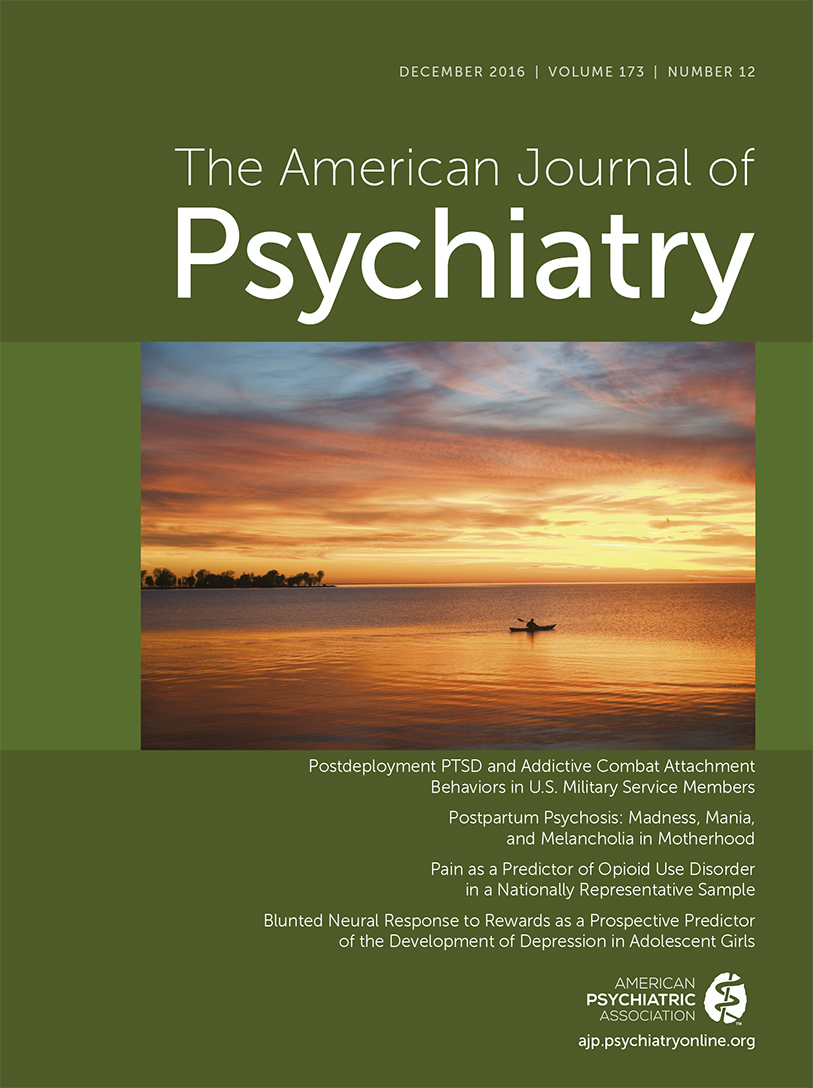Postpartum Psychosis: Madness, Mania, and Melancholia in Motherhood
Abstract
Objective:
Psychosis or mania after childbirth is a psychiatric emergency with risk for suicide and infanticide.
Method:
The authors reviewed the epidemiologic and genetic research and physiological postpartum triggers (endocrine, immunological, circadian) of psychosis. They also summarized all systematic reviews and synthesized the sparse clinical studies to provide diagnostic recommendations, treatment options, and strategies for prevention.
Results:
The incidence of first-lifetime onset postpartum psychosis/mania from population-based register studies of psychiatric admissions varies from 0.25 to 0.6 per 1,000 births. After an incipient episode, 20%−50% of women have isolated postpartum psychosis. The remaining women have episodes outside the perinatal period, usually within the bipolar spectrum. Presumably, the mechanism of onset is related to physiological changes after birth (e.g., hormonal, immunological, circadian), which precipitate disease in genetically vulnerable women. Some women have treatable causes and comorbidities, such as autoimmune thyroiditis or infections. N-methyl-d-aspartate-encephalitis or inborn errors of metabolism may present after birth with psychosis. Fewer than 30 publications have focused on the treatment of postpartum psychosis. The largest study (N=64) provided evidence that lithium is highly efficacious for both acute and maintenance treatment. Another report (N=34) described successful ECT treatment. Inpatient care is usually required to ensure safety, complete the diagnostic evaluation, and initiate treatment. The relapse risk after a subsequent pregnancy for women with isolated postpartum psychoses is 31% (95% CI=22–42). Strategies for prevention of postpartum psychosis include lithium prophylaxis immediately postpartum and proactive safety monitoring.
Conclusions:
Postpartum psychosis offers an intriguing model to explore etiologic contributions to the neurobiology of affective psychosis.



